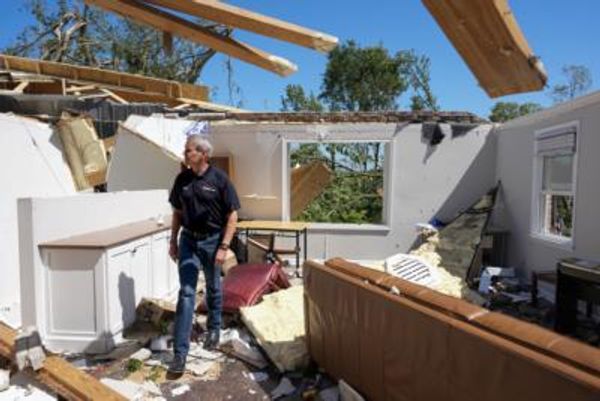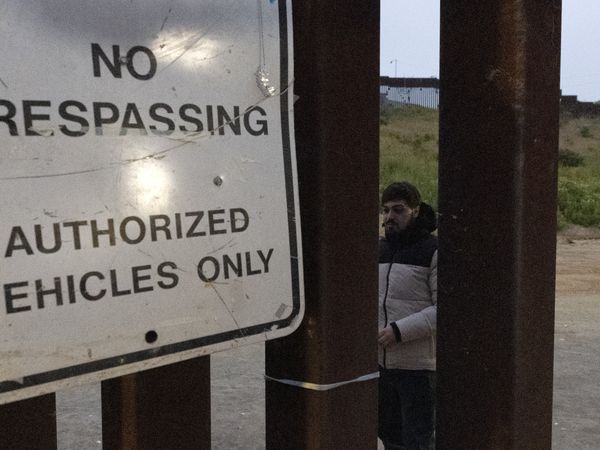
Independent Senator David Pocock has joined social housing advocates in calling on the government to urgently rethink its approach to housing, as the conclusion of the National Rental Affordability Scheme (NRAS) turns the screw on an “already acute” shortage of social and affordable housing.
This year, 6619 affordable rentals will fall off the scheme, forcing low- and middle-income households into a white-hot private rental market where runaway rents and record-low vacancy rates have left scores of the nation in housing stress.
But advocates say it’s the supply side that should be prompting swift action from the federal government. According to SQM Research, the national vacancy rate currently sits at just 1%, after the rate of empty homes fell to record lows in October last year.
“The demand for social and affordable housing is increasing, with long waitlists for supported housing and some 640,000 households currently in housing stress, a figure that is likely to increase in coming months,” Pocock told Crikey.
“The progressive exit of NRAS dwellings is worsening an already acute shortage of social and affordable houses.”
Queensland is set to be hit hardest by the fall-off, where 2499 affordable homes will exit the scheme. In Victoria, 1356 homes will no longer be included in the scheme, while Western Australia will lose 1110, South Australia will lose 806, and New South Wales will lose 605.
The NRAS, introduced by the Rudd government in 2008, promised $11,000 subsidies to property owners who signed up to the scheme and rented out their newly built homes to low- and middle-income households for at least 20% below market value.
The scheme was later abandoned by the Abbott government in 2014, and is due to expire in 2026. By then, more than 36,000 affordable rentals will have exited the scheme.
Maiy Azize, a spokesperson at Everybody’s Home, said extending the scheme, even if only temporarily, would offer a welcomed stopgap, but that the government should focus on building at least 25,000 new social homes a year.
“The big reason why the end of this scheme is going to make such a huge impact is because it’s coming off the back of an already massive shortage of hundreds of thousands of social and affordable homes,” Azize told Crikey.
As it stands, Everybody’s Home estimates the national social housing shortfall to be around 500,000 homes. Azize said the government’s housing reform agenda only addresses a “drop in the ocean” of what’s required.
The Albanese government has so far committed to getting legislation before Parliament for the Housing Australia Future Fund in the early months of this year, which is set to spend $10 billion on 30,000 new social and affordable homes in the fund’s first five years, alongside an agreement with state governments to build an extra 20,000 affordable homes over five years.
The government has also earmarked a portion of funding from the Housing Accord, which will pay for 10,000 affordable homes over five years from 2024.
Pocock said the government’s housing reform agenda will only make “small inroads into what is a worsening nationwide crisis”, as advocates say there isn’t enough supply in the pipeline to keep pace with the rate of housing stress gripping households around the country.
“Housing experts and advocates are unequivocal in saying we need to be delivering a much greater new supply of social and affordable housing,” Pocock said. He’s calling on the government to expand the Housing Australia Future Fund and make it more “ambitious”.
He also would like to see the government engage in conversation “around broader policy settings” related to housing, including tax settings for the capital gains discount.
In November last year, analysis from the UNSW City Futures Research Centre showed that the number of households reported to be in housing stress in the 2021 census, 640,000, was set to swell to 940,000 by 2041, under current settings.
Meanwhile, the Australian Institute of Health and Welfare reported in June last year that the waitlist for those seeking social housing grew by more than 8000 households since the last census in 2016, up from 155,141 to 163,508 households. The same census survey counted more than 116,000 Australians experiencing homelessness.
Azize said the government’s reforms will be “completely swallowed” by the NRAS winding up just as its policies begin to take effect, essentially cancelling each other out.
“Unfortunately, in this space, all we ever seem to do is play catch up. We can’t ever seem to really get on top of this shortfall … which is what we’re going to need to see if this government is serious about taking affordable housing on as an issue.”







